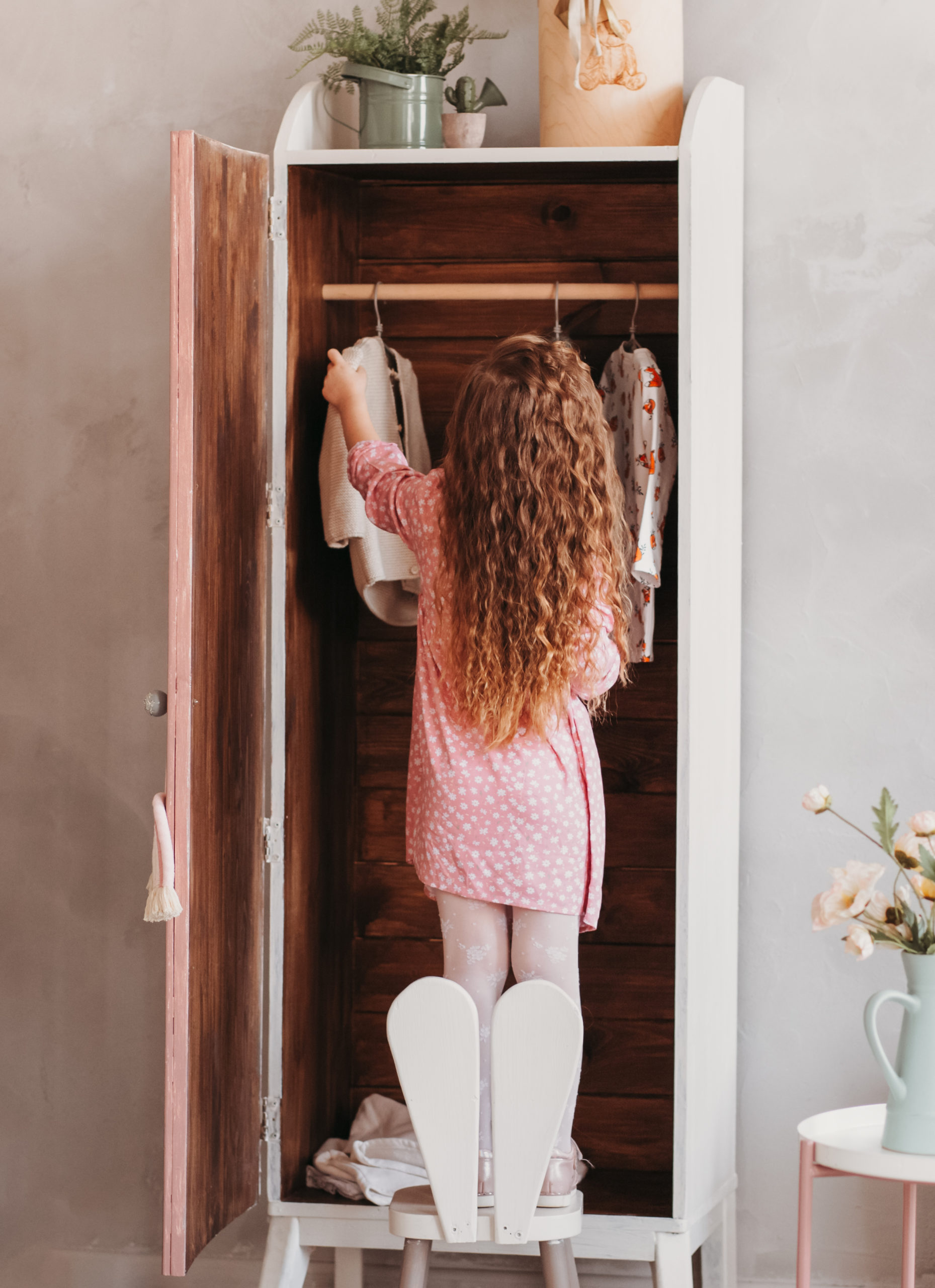by: Brandi Abalos
All parents at some point believe the phrase “you can lead a horse to water, but you can’t make him drink” should
be revised to “you can give a child storage bins, but you can’t make him keep his stuff organized.” Many parents chalk
this up to laziness or a natural tendency toward chaos. However, a lack of organization resulting from ADHD (which impairs executive functioning) is often because a child is simply overwhelmed and cannot break tasks down into small, manageable steps. These five strategies can help any child get a handle on their space, their daily chores and their self-care routines.
Sort items using the child’s input. When cleaning your child’s room, first make sure she is working with you. While it’s sometimes easier to pick up after your children, this will not help in the long run. As you’re working together to straighten up, ask your child to sort her things in a way that makes sense to her. You might sort items into categories—bouncy balls, action figures, stuffed animals—but your child might prefer to sort them by color. While this may make you cringe (she’s putting the red bird stuffed animal with the red ball?), allowing your child to sort things into the categories she comes up with will make her more organized. After all, the organization involves putting things where they can easily be found. Your child might be more likely to look for a red bird with a red ball than in a bin of multicolored stuffed toys.
Create a checklist. The best way to help children manage their tasks and time is to create a daily checklist, broken into small chunks so that each task is manageable. “Clean the bedroom” is not going to get done. But “sort laundry into shirts, pants, underwear, socks and accessories” followed by “put away shirts,” “put away socks,” and so on are more likely to get done because they are small, manageable steps. Over time children will learn to break larger tasks down into smaller steps on their own.
Color everything. Most children are far more visual than verbal or auditory, and nothing is more compelling than color.
Assign tasks a specific color, and have them do one thing of each color each day. This works better when large tasks have
been broken into chunks. So a laundry task might be yellow, an outdoor task green, a school task blue. If the chunks are
divided, doing one each day will lead to a completed project by the due date—whether the school’s or the household’s—that will teach children how to manage their time and break tasks down into smaller parts and think ahead to the due date.
Everyone needs deadlines—and reminders. Organizational problems often lead to a parent yelling something like, “How many times have I told you to pick up those socks?” One way
to avoid this is to set a deadline. For young children, that might be “I’m only going to tell you three times, and then there will be a consequence.” For older children, it might be, “If this isn’t done by Friday, you will lose a privilege.” Most children will need at least two or three reminders to get something done, and those reminders should not be shouted from across the house or upstairs. They should be said in a normal voice, with perhaps a touch on the shoulder and eye contact to ensure the children hear the reminder. After teaching children organizational habits, consequences will be necessary because they won’t always do what they’re told, even with deadlines and gentle reminders. Children need to learn from experience that fun time gets taken away if things don’t get done. This will teach them the necessary strength to delay gratification until they have met their responsibilities.
When they are young, walk them through even the most
minute steps in self-care habits. If the habit has not become
automatic, parents cannot expect their children to know to
wash behind their ears or under their arms. So from a very
young age, it’s important to teach children even the most
minor steps in bathing, brushing teeth, getting dressed and
tending to their hair. For instance, with tooth brushing, parents
should narrate steps like: pick up the brush, hold it so, the
bristles are up, put a spot of toothpaste on the brush, tip it
to the side, scrub the back of the mouth for a count of five,
then come around to the front and so on. Providing children
with a timer is a fun way to make sure they spend at least
two minutes brushing or ten minutes bathing—whatever is
appropriate for them. You can also assist your child’s self-care
routine memory by putting steps to a beat or a tune. There
are lots of musicians out there who have put together songs
about self-care for kids. After rehearsing the steps for a while,
children will follow them automatically.
It’s not easy to teach organizational skills, and in the beginning,
it can be both time-consuming and boring. However, it is an
investment that will pay off in the long run and save everyone a lot
of frustration.








Leave A Comment